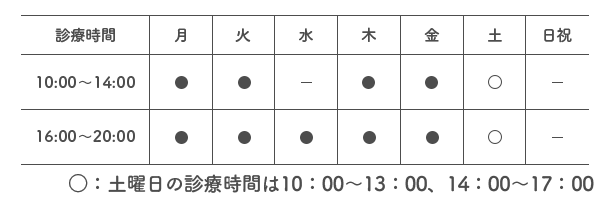Additionally, the momentum technical indicator at the bottom of the chart went sideways when the Moving Average (MA) was going upward, warning the tiredness of the market. Furthermore, a candle before this doji has a small body and relatively long tails, which is another reversal warning. Doji has a lot of variations, for example, gravestone, long-legged doji, dragonfly, doji following a long bullish candlestick, etc., which could be confusing. As you see, there is a significant gap down the next day, which bulls can’t close.
This pattern occurs when bears temporarily push the price down, but bulls strengthen and push the price back up before the candlestick interval closes. The opening and closing prices are near the center of the candlestick, with roughly equal-length lines representing the high and low prices of the interval. This type of doji suggests indecision or that neither bulls nor bears were able to take control. As with stocks and other securities, the formation of a doji candlestick pattern can signal investor indecision about a cryptocurrency asset. Candlestick charts can be used to discern quite a bit of information about market trends, sentiment, momentum, and volatility. The candle consists of two sessions where the high and the low are very close in value.
However, when it appears in an uptrend, it requires additional confirmation by other candlestick patterns. A dragonfly doji has a long lower shadow, but the upper shadow is very short or absent, so it has a more bullish character. Over time, individual candlesticks form patterns that traders can use to recognise major support and resistance levels. A Doji that appears in a trend after a long candlestick, such as a Marubozu, is quite significant. This would indicate a shift in sentiment and a weakening of the current trend which could lead to a possible reversal. At this point the Doji becomes resistance in an uptrend or support in a downtrend.
Prices move above and below the opening level during the session but close at or near the opening level. Neither bulls nor bears were able to gain control and a turning point could be developing. Notably, the Doji is a bearish signal if the closing price is below the middle of the candle, especially if it is close to resistance levels. Conversely, if the closing price is above the middle of the candle, it is bullish, as the formation resembles a bullish pin bar pattern. We’ve aligned two signals two create this opportunity, but it’s still a good idea to wait for confirmation before we open the position.
Strong candlestick patterns are at least 3 times as likely to resolve in the indicated direction. Weak patterns are (only) at least 1.5 times as likely to resolve in the indicated direction. Of course, no one knows when a trend ends doji candlestick pattern and another trend starts. But, if you combine chart patterns, and fundamental, and technical indicators a prediction can be more accurate. The third gravestone doji occurs after a gap and confirms that the second doji is right.
These candlesticks may indicate a bullish or bearish trend reversal. Traders should interpret doji candlestick patterns cautiously and look for confirmation in trading volume, price action, and other technical indicators before acting on them. The reversal implications of a dragonfly Doji depend on previous price action and future confirmation. The long lower shadow provides evidence of buying pressure, but the low indicates that plenty of sellers still loom. After a long downtrend, long black candlestick, or at support, a dragonfly Doji could signal a potential bullish reversal or bottom. After a long uptrend, long white candlestick or at resistance, the long lower shadow could foreshadow a potential bearish reversal or top.
When there is an uptrend, a gravestone Doji is usually a signal to exit or start a bearish pattern. Dojis are good for reversals because they present indecision, uncertainty, or vacillation by buyers in an uptrend and sellers in a downtrend. We can easily realize this by looking at the length of the candle shadow. Nonetheless, candlesticks are the most important types of charts used in the market today. These charts have been in use for centuries (they started being used in Japan in the 17th century). In this example, the gravestone doji could predict a further breakdown from the current levels to close the gap near the 50- or 200-day moving averages at $4.16 and $4.08, respectively.
A strong move is developed when the first candle is followed by two to four candles. During the days of the correction, unlike the “Rising three methods”, the price stays close to the top of the first bullish candle’s range. The “Mat hold” candlestick pattern is a stronger continuation pattern than the “Rising three methods”. Candlestick theory, according to authors and websites that I looked at, says the gapping up doji is a bullish continuation pattern. The pattern occurs frequently, placing its rank at 49 or about mid list.
Spinning tops and dojis both represent indecision. Dojis are smaller, with small real bodies and small upper and lower shadows. The spinning top has long upper and lower shadows. Both patterns occur frequently and are sometimes used to warn of a reversal after a strong price move.
SMiLE 整骨院
| 診療時間 |  |
|---|---|
| 住所 | 〒112-0006 東京都文京区小日向4-5-10 小日向サニーハイツ201 |
| アクセス | 東京メトロ丸の内線「茗荷谷」駅 徒歩2分 |